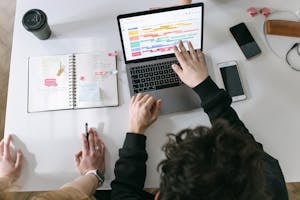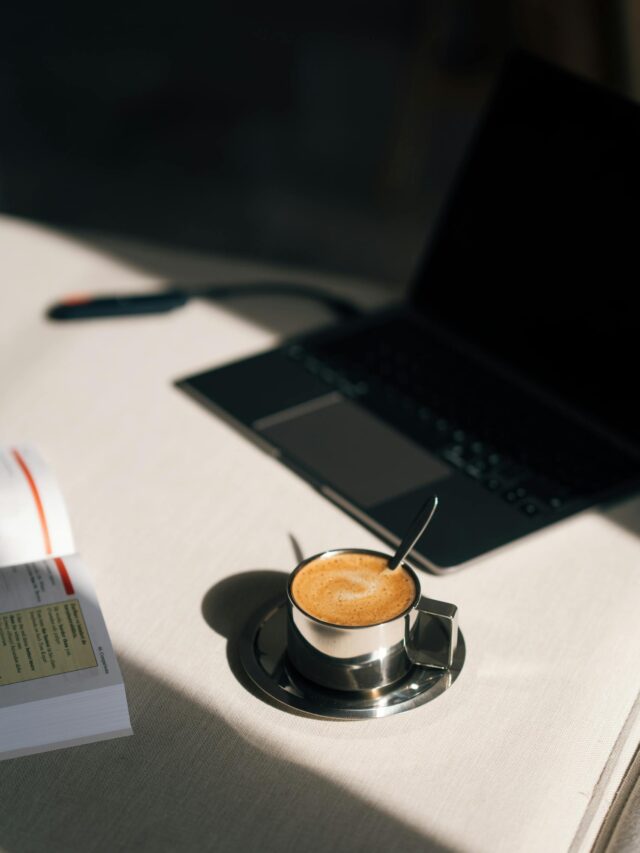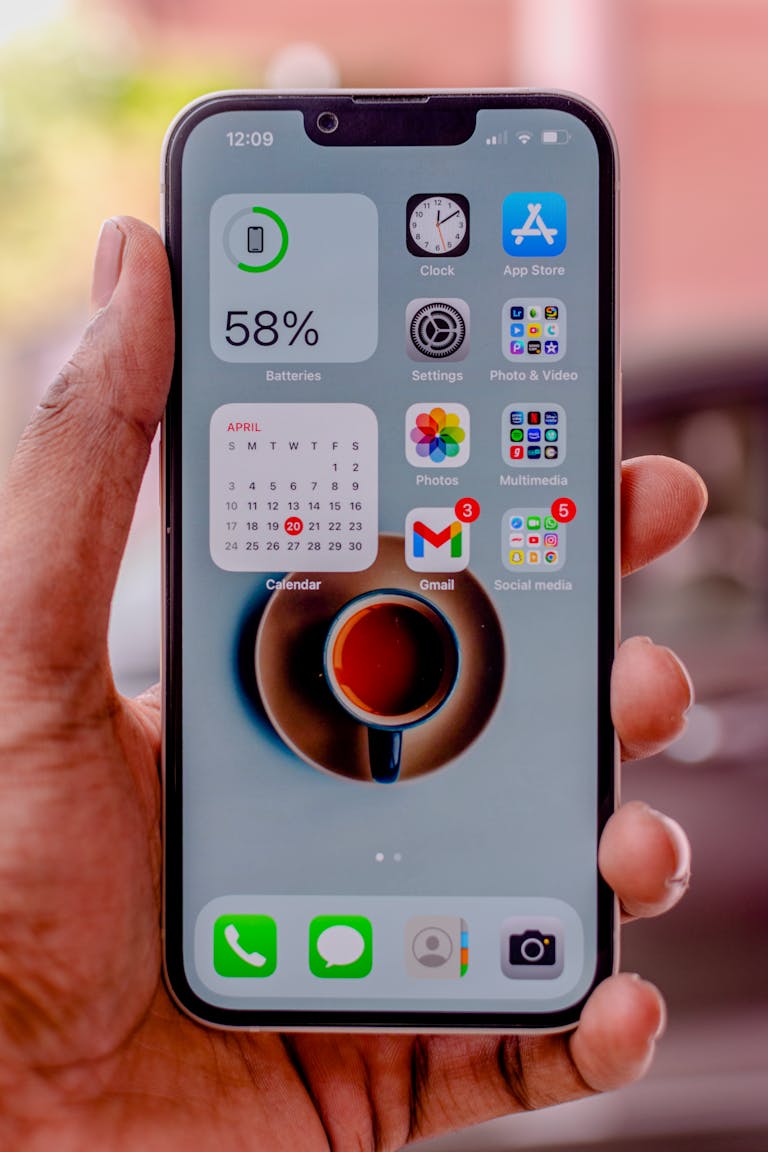In today’s digital age, distractions are everywhere. From social media notifications to constant emails and texts, staying focused on work can feel like an uphill battle. But managing these distractions is essential to maintaining productivity and mental well-being. In this article, we will explore practical strategies for managing digital distractions and improving focus, helping you achieve better productivity and work-life balance.

1. Recognize Your Digital Distractions
The first step in managing digital distractions is to identify what is pulling your attention away from your work. Common digital distractions include:
1.1 Social Media
Checking social media feeds can quickly derail your focus. Whether it’s scrolling through Instagram, Facebook, or Twitter, these platforms are designed to keep you engaged for as long as possible. Recognizing the urge to check social media is the first step in regaining control of your attention.
1.2 Constant Notifications
Smartphones and computers are constantly buzzing with notifications. Whether it’s a new email, a message, or an app alert, these interruptions can break your concentration and disrupt your workflow.
1.3 Multitasking with Devices
Switching between tasks on multiple devices can reduce focus and efficiency. Whether it’s answering a text while writing an email or listening to a podcast while working, multitasking often leads to poor performance on both tasks.
2. Set Boundaries for Digital Use
Setting clear boundaries is essential for managing digital distractions and staying focused. Here’s how you can create a healthier relationship with your devices:
2.1 Turn Off Non-Essential Notifications
Turn off notifications for apps and websites that aren’t essential to your work. For example, you can silence social media apps, email notifications, or gaming apps while you’re focusing on important tasks. This prevents distractions from pulling your attention away during crucial moments.
2.2 Use “Do Not Disturb” Mode
Most smartphones and computers have a “Do Not Disturb” mode. This feature allows you to silence all notifications while still allowing calls or messages from important contacts. Using this mode during focus periods can help you maintain uninterrupted work time.
2.3 Schedule Digital Downtime
Set specific times during the day to check your messages, emails, and social media accounts. Outside of these designated times, resist the temptation to check your phone or computer for non-work-related content. Scheduling digital downtime helps prevent distractions from creeping into your workflow.
3. Prioritize Your Work with Time Blocking
Time blocking is a time management technique that helps you allocate specific blocks of time to focus on particular tasks. This method not only improves focus but also makes it easier to manage digital distractions.
3.1 Set Focused Work Blocks
Start by blocking out time in your calendar for uninterrupted work. During these blocks, make it a rule to avoid checking your phone or engaging in digital distractions. Whether it’s a 30-minute focused work period or a few hours, ensure you give your full attention to the task at hand.
3.2 Take Breaks Between Work Blocks
After a focused work session, take a short break to recharge. This can include checking your phone or engaging in a quick digital activity, but only during scheduled breaks. By setting clear boundaries between work time and break time, you can refresh your mind and avoid burnout.
4. Use Technology to Manage Technology
Ironically, some digital tools can help you reduce distractions and stay focused. Consider using productivity and focus apps to manage your digital use and improve productivity.
4.1 Focus Apps
Apps like Freedom, Focus@Will, or Cold Turkey can block distracting websites and apps during work hours, helping you stay on track. These apps prevent access to social media and other distractions, so you can remain focused on your tasks.
4.2 Task Management Tools
Task management tools like Todoist, Trello, and Asana allow you to organize your to-do lists and set reminders for important tasks. These tools help you stay on top of your work without needing to rely on constantly checking your phone for updates.
4.3 Screen Time Tracking
Tracking your screen time is a great way to assess your digital habits. Tools like Screen Time (for iOS) or Digital Wellbeing (for Android) can help you monitor how much time you spend on distracting apps. Setting usage limits can be a good way to curb digital distractions and improve your focus.
5. Cultivate Healthy Digital Habits
Adopting healthy digital habits can help you regain control of your focus and productivity. Here are some strategies to foster a better relationship with technology:
5.1 Practice Mindful Digital Consumption
Mindful consumption involves being intentional about the digital content you engage with. Avoid mindlessly scrolling through social media or watching endless videos. Instead, engage with content that is valuable, educational, or purposeful.
5.2 Limit Social Media Use
Set specific limits for your social media use. For instance, you might decide to check social media only during lunch breaks or after work hours. Use apps like StayFocusd or Screen Time to set time limits for social media apps.
5.3 Engage in Digital Detoxes
A digital detox involves taking a break from screens for an extended period. This could mean turning off your devices for a few hours, a full day, or even a weekend. Disconnecting from technology can help you recharge and improve your mental clarity.
Q: How do I stop checking my phone during work?
A: Try turning off all non-essential notifications and putting your phone out of reach. Use apps that block distracting websites or set your phone to “Do Not Disturb” mode during work hours.
Q: What is the best way to stay focused while using my computer for work?
A: Use time-blocking to dedicate specific hours to focused work, and avoid checking your email or social media during these times. Apps like Freedom can block distracting websites to help you stay on track.
Q: How often should I take breaks to stay productive?
A: Try using the Pomodoro Technique—work for 25 minutes, then take a 5-minute break. After four sessions, take a longer break of 15–30 minutes to recharge.
Take control of your digital distractions today! Start by setting boundaries, using focus apps, and practicing mindful digital habits. By managing your relationship with technology, you can stay focused, productive, and maintain a healthy digital balance.

I’m EKBAL HOSSAIN MONDAL, the creator of SmartSolveTips.com — a blog dedicated to helping people improve productivity, avoid digital burnout, and live better online. With years of hands-on experience in self-development and digital wellness, I write practical tips and tools to help you stay focused and thrive in a fast-paced digital world.






